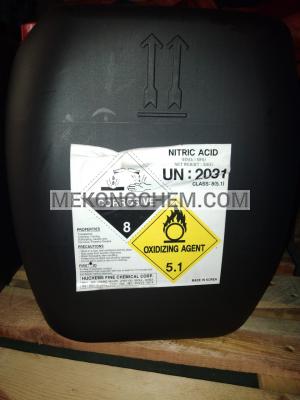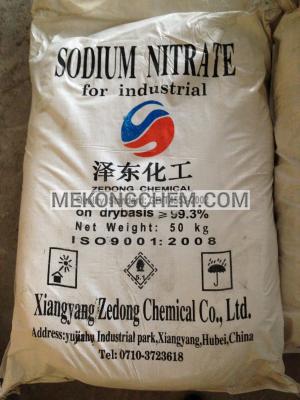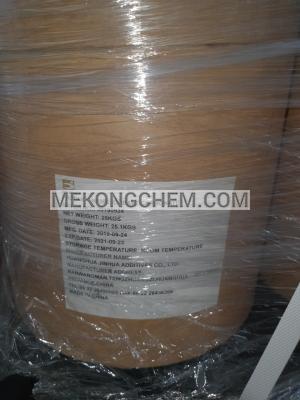Diethylene Glycol
| FORMULA | : | C4H10O3 |
| ORIGIN | : | Thailand/Taiwan |
| PACKING | : | 225 kg/drum |
| APPLICATION | : | Used as a grinding aid for cement, in paint, pesticides industry... |
Short description
Diethylene glycol (DEG) is an organic compound with the formula (HOCH2CH2)2O. It is a colorless, practically odorless, poisonous, and hygroscopic liquid with a sweetish taste. It is miscible in water, alcohol, ether, acetone, and ethylene glycol. DEG is a widely used solvent. It can be a contaminant in consumer products; this has resulted in numerous epidemics of poisoning since the early 20th century. Product Name: DIETHYLENE GLYCOL (DEG) Chemical formula: C4H10O3 Origin: Thailand, Taiwan Pack: - Contained in iron drums. - Packing specification: 225kg / drum Appearance: colorless liquid, sweet smell Boiling point: 245 ° C Recipe: C4H10O3 Density: 1.12 g / cm³ Molecular weight: 106.12 g / mol CID PubChem: 8117 Applications: Diethylene glycol is used in the manufacture of saturated and unsaturated polyester resins, polyurethanes, and plasticizers.[5] DEG is used as a building block in organic synthesis, e.g. of morpholine and 1,4-dioxane. It is a solvent for nitrocellulose, resins, dyes, oils, and other organic compounds. It is a humectant for tobacco, cork, printing ink, and glue.[6] It is also a component in brake fluid, lubricants, wallpaper strippers, artificial fog and haze solutions, and heating/cooking fuel.[1] In personal care products (e.g. skin cream and lotions, deodorants), DEG is often replaced by selected diethylene glycol ethers. A dilute solution of diethylene glycol can also be used as a cryoprotectant; however, ethylene glycol is much more commonly used. Most ethylene glycol antifreeze contains a few percent diethylene glycol, present as an byproduct of ethylene glycol production.Diethylene glycol (DEG) is an organic compound with the formula (HOCH2CH2)2O. It is a colorless, practically odorless, poisonous, and hygroscopic liquid with a sweetish taste. It is miscible in water, alcohol, ether, acetone, and ethylene glycol. DEG is a widely used solvent. It can be a contaminant in consumer products; this has resulted in numerous epidemics of poisoning since the early 20th century.
Product Name: DIETHYLENE GLYCOL (DEG)
Chemical formula: C4H10O3
Origin: Thailand, Taiwan
Pack:
- Contained in iron drums.
- Packing specification: 225kg / drum
Appearance: colorless liquid, sweet smell
Boiling point: 245 ° C
Recipe: C4H10O3
Density: 1.12 g / cm³
Molecular weight: 106.12 g / mol
CID PubChem: 8117
Applications: Diethylene glycol is used in the manufacture of saturated and unsaturated polyester resins, polyurethanes, and plasticizers.[5] DEG is used as a building block in organic synthesis, e.g. of morpholine and 1,4-dioxane. It is a solvent for nitrocellulose, resins, dyes, oils, and other organic compounds. It is a humectant for tobacco, cork, printing ink, and glue.[6] It is also a component in brake fluid, lubricants, wallpaper strippers, artificial fog and haze solutions, and heating/cooking fuel.[1] In personal care products (e.g. skin cream and lotions, deodorants), DEG is often replaced by selected diethylene glycol ethers. A dilute solution of diethylene glycol can also be used as a cryoprotectant; however, ethylene glycol is much more commonly used. Most ethylene glycol antifreeze contains a few percent diethylene glycol, present as an byproduct of ethylene glycol production.

















